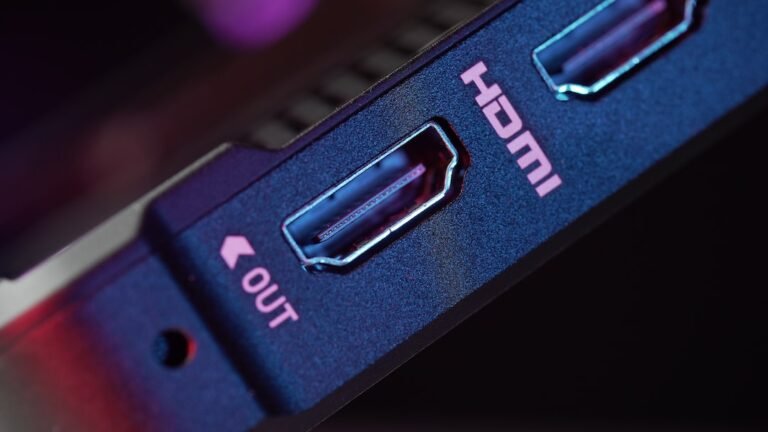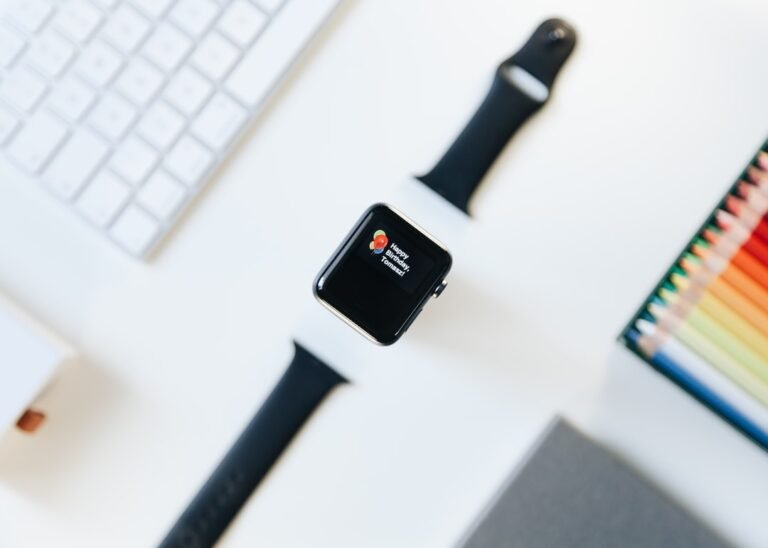Introduction
In today’s digital age, the healthcare industry is increasingly relying on technology to store and transmit sensitive patient information. As a result, the need for secure communication channels has become paramount. This is where a VPN (Virtual Private Network) can play a crucial role in protecting patient data and enhancing security for medical records in healthcare organizations. In this article, we will explore how healthcare organizations can effectively use a VPN to safeguard their data and maintain privacy.
Protecting Patient Data
In the healthcare industry, the protection of patient data is of utmost importance. A VPN acts as a secure tunnel through which all data traffic is routed. This encrypted connection ensures that sensitive patient information remains confidential and inaccessible to unauthorized individuals. By using a VPN, healthcare organizations can prevent data breaches and maintain the trust of patients.
Additionally, healthcare providers often need to access patient records remotely. Whether it’s doctors working from home or nurses on the go, a VPN enables secure remote access to patient data. This means that healthcare professionals can access medical records and collaborate with colleagues securely, without compromising the privacy of patients.
Enhanced Security for Medical Records
Medical records contain highly sensitive information, including personal details, medical history, and diagnoses. These records need to be protected from unauthorized access or tampering. By implementing a VPN, healthcare organizations can ensure that all data transmitted between different systems, such as electronic health record (EHR) platforms, is encrypted and secured.
A VPN creates a secure connection between the healthcare organization’s internal network and external servers, such as cloud-based storage systems. This protects the integrity and confidentiality of medical records, reducing the risk of data breaches and unauthorized modifications. In this way, a VPN provides an added layer of security to healthcare organizations’ digital infrastructure.
How to Set Up and Use a VPN in Healthcare Organizations
Setting up a VPN for a healthcare organization involves a series of steps. Here is a general guide to help you get started:
Assess Your Requirements: Identify the specific needs of your healthcare organization, such as the number of simultaneous connections, bandwidth requirements, and compatibility with existing systems.
Choose a Reliable VPN Service: Research different VPN service providers and select one that offers robust security features, encryption protocols, and a good reputation in the industry.
Install VPN Software: Once you have chosen a VPN service, follow the provider’s instructions to download and install the VPN software on the devices that will be used by healthcare professionals.
Configure VPN Settings: Configure the VPN settings based on your organization’s specific requirements. This may include selecting the desired server location, encryption protocol, and other security features.
Train Employees: Provide training to healthcare professionals on how to use the VPN effectively. Educate them about the importance of maintaining privacy and security while accessing patient data through the VPN.
Monitor and Update: Regularly monitor the VPN usage within your healthcare organization to ensure compliance with security policies. Stay up to date with software updates and security patches provided by the VPN service provider.
By following these steps and implementing a VPN in your healthcare organization, you can effectively protect patient data and enhance security for medical records.
Conclusion
As healthcare organizations embrace technology to improve patient care, the need for secure communication channels becomes imperative. A VPN provides healthcare organizations with enhanced security for sensitive patient data, protecting it from unauthorized access and breaches. By implementing a VPN, healthcare professionals can securely access patient records remotely and collaborate with colleagues without compromising privacy. Setting up a VPN involves assessing your organization’s requirements, choosing a reliable VPN service, installing the software, configuring settings, training employees, and monitoring usage. By following these steps, healthcare organizations can confidently use VPNs to safeguard patient data and ensure the integrity of medical records.
FAQ
To further understand the usage of VPNs in healthcare organizations, here are some frequently asked questions:
| Question | Answer |
|---|---|
| What is the role of VPNs in healthcare? | VPNs ensure secure transmission of patient data and privacy. |
| How does a VPN protect patient data? | VPNs encrypt data traffic to prevent unauthorized access. |
| Can healthcare professionals access records remotely using a VPN? | Yes, a VPN enables secure remote access to patient records. |
| Can VPNs prevent data breaches in healthcare organizations? | Yes, VPNs provide an extra layer of security to prevent data breaches. |
| What are the steps to set up a VPN in a healthcare organization? | Assess requirements, choose a reliable VPN service, install software, configure settings, train employees, and monitor usage. |
Further Reading
For more information on VPNs and their usage in healthcare organizations, you may find the following resources helpful:
| Website | Description |
|---|---|
| www.healthcareitnews.com | Provides insights on using VPNs in healthcare organizations. |
| www.hipaajournal.com | Offers guidance on securing patient data with VPNs. |




